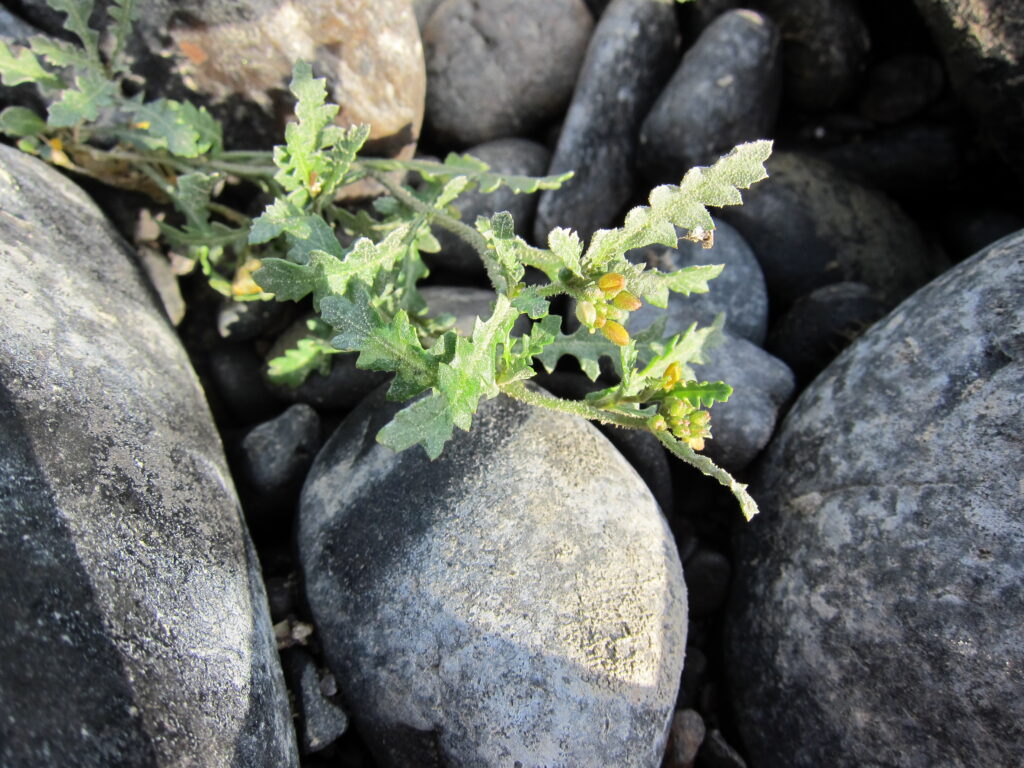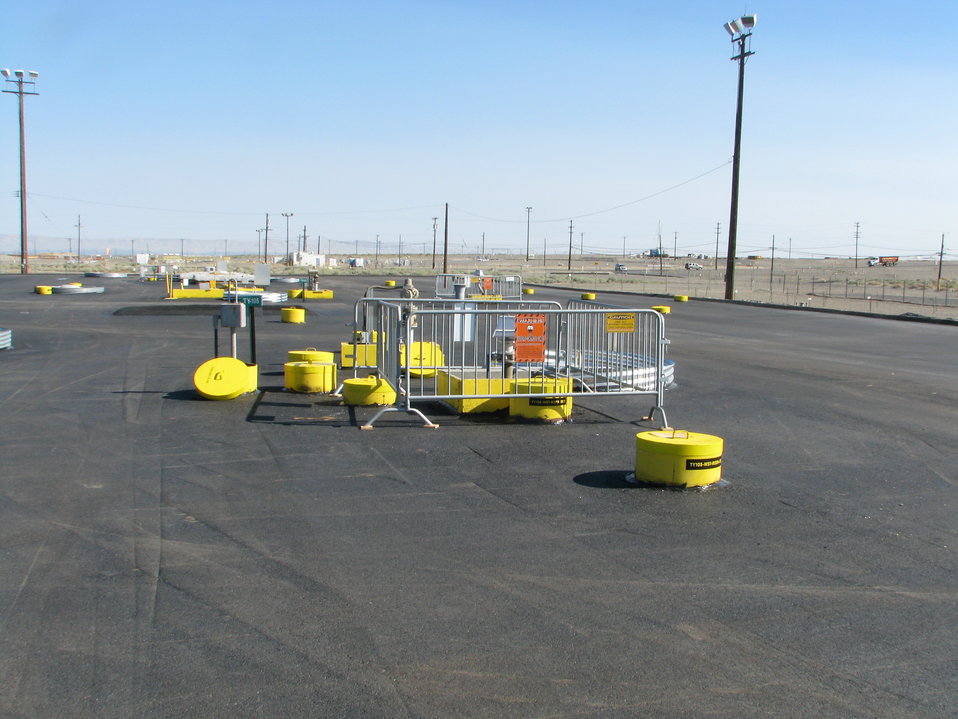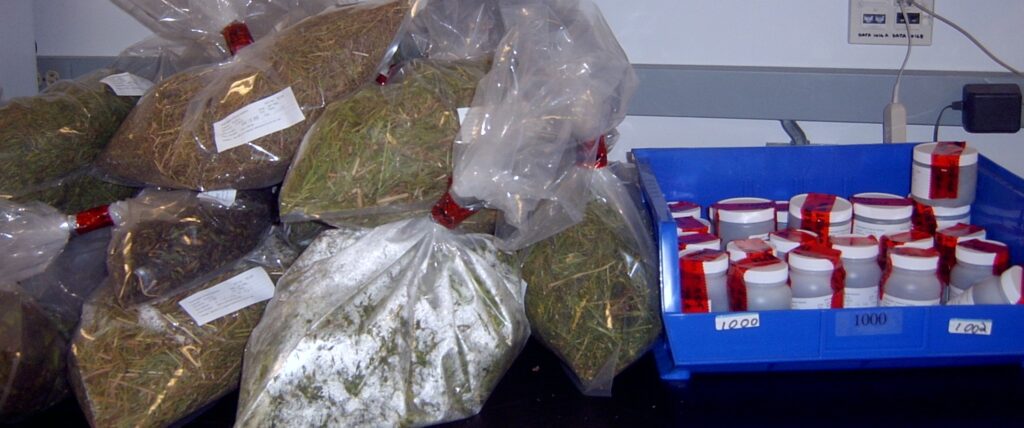MONITORING POPULATIONS OF THREATENED FISH, WILDLIFE, AND PLANTS
Environmental Monitoring Project at Hanford Site EAS staff members have supported the Environmental Monitoring Project for more than 30 years. We worked with MSA to support to protect Hanford Site natural resources. Specific EAS responsibilities and support functions to the project are to: Characterize and monitor biota to assess their abundance, vigor or condition, and […]
MONITORING POPULATIONS OF THREATENED FISH, WILDLIFE, AND PLANTS Read More »










